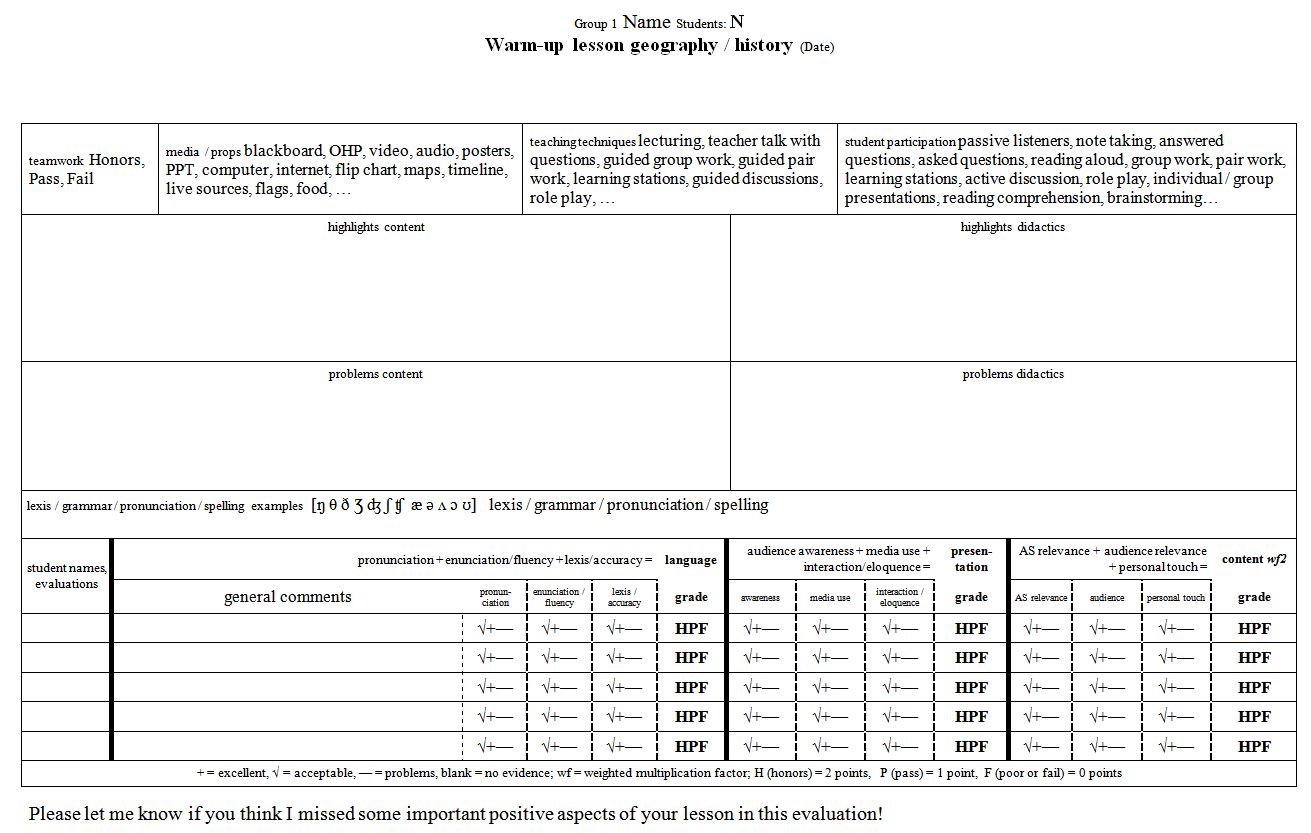Science for Kids: Bacteria and Germs.
Microbe Worksheets: Types of microbes: Food preservation: Microbes in the air.Marvellous Microbes I: the Pasteurs These materials, from the Microbiology Society look at the work of Louis Pasteur and helps students to understand the growth of yeast. There are three resources that can be used together or separately and are suitable for Key Stage Two or Three students.Home: Microbes: Quiz: Worksheets: Activity: Revision Link: Revision: Key Words.
Microbiology is the study of all living organisms that are too small to be visible with the naked eye. This includes bacteria, archaea, viruses, fungi, prions, protozoa and algae, collectively known as 'microbes'.Need homework and test-taking help in microbiology? These articles can help you understand microorganisms and the causes of infectious diseases.

Bacteria are tiny organisms that are neither animals nor plants. They reproduce themselves very quickly. Viruses are even smaller than bacteria. They are not technically living things because they cannot survive on their own. They must get inside a living cell. They reproduce by sending instructions to that cell to make more of the virus.












